From Potholes to Smart Roads: How Technology Is Changing the Future of Surfacing
The world of road and driveway surfacing is undergoing a technological revolution. What was once a purely functional industry is now embracing innovation to improve durability, sustainability, and safety. From self-healing asphalt to embedded sensors and solar-powered surfaces, the future of surfacing promises to be smarter, greener, and more efficient.
At Total Surfacing, we believe understanding these innovations today prepares us for the roads of tomorrow. This blog explores some of the most exciting developments in surfacing technology and what they mean for the future.
The Rise of Smart Surfacing
Traditional road surfacing has relied on materials like asphalt and concrete — durable, but limited in adaptability. Now, engineers and researchers are pushing boundaries by integrating technology directly into surfacing materials and design processes.
Smart surfacing isn’t just about longevity; it’s about creating surfaces that adapt, repair themselves, monitor conditions, and even generate energy.

Key Innovations Shaping the Future
1. Self-Healing Asphalt
One of the most promising breakthroughs is self-healing asphalt. This material contains additives that allow it to repair small cracks automatically when heat or pressure is applied.
The benefits are enormous:
- Longer lifespan: Roads can last significantly longer without costly repairs.
- Reduced maintenance costs: Fewer repairs mean reduced disruption and lower expenses.
- Improved safety: By preventing cracks from developing into potholes, self-healing asphalt reduces accidents and vehicle damage.
Self-healing technology is already being trialled in parts of Europe and shows great promise for future mainstream use.
2. Recycled Materials in Surfacing
Sustainability is a growing priority in road construction. Recycling asphalt and other materials reduces waste and the carbon footprint of surfacing projects.
Recycled surfacing materials offer several advantages:
- Cost efficiency: Recycled materials are generally less expensive while providing comparable durability.
- Environmental benefits: Less raw material extraction and reduced landfill waste.
- Innovation in design: New composites can improve surface performance, durability, and aesthetics.
By integrating recycled materials, surfacing companies not only reduce costs but also contribute to more sustainable infrastructure.
3. Embedded Sensors and IoT Integration
The concept of “smart roads” includes embedding sensors within road surfaces. These sensors can monitor traffic flow, temperature, and road conditions in real time.
Potential benefits include:
- Predictive maintenance: Sensors detect early signs of wear, allowing pre-emptive repairs before major damage occurs.
- Traffic management: Real-time data can improve traffic flow and reduce congestion.
- Safety alerts: Roads could send alerts about hazards, ice, or heavy traffic directly to drivers’ devices.
Embedded sensors could make our roads more responsive and safer than ever before.
4. Solar-Powered Road Surfaces
Solar roadways are another exciting innovation. Surfaces embedded with photovoltaic cells can generate renewable energy while serving as a functional road.
Applications include:
- Charging electric vehicles: Roads could recharge EVs as they drive.
- Street lighting: Energy from roads could power streetlights or traffic signals.
- Environmental impact: Solar roads could contribute significantly to a city’s renewable energy goals.
While solar roadways are still in the experimental phase, early pilot projects show promising results for the future.
What This Means for Driveways and Commercial Surfacing
These innovations are not just for highways — they could change how we approach driveways, car parks, and private roads. Imagine driveways that self-repair, monitor usage, or even generate energy for a home.
For businesses, smart surfacing can reduce maintenance costs, improve safety, and support sustainability goals — all while enhancing their brand with forward-thinking infrastructure.
To see how advanced surfacing solutions are already being applied, check out our Case Studies.
Challenges Ahead
While the future of surfacing technology is exciting, there are challenges:
- Cost: New technologies require investment and may be expensive initially.
- Infrastructure compatibility: Retrofitting smart technology into existing surfaces is complex.
- Maintenance: Advanced materials and embedded systems may require specialised care.
However, as technology advances and adoption grows, costs will likely fall, and these innovations will become more accessible to everyday projects.
Why Total Surfacing Is at the Forefront of Innovation
At Total Surfacing, we are committed to staying ahead of industry trends and exploring new technologies that improve the quality and sustainability of our work. We integrate the latest materials, methods, and design thinking into our surfacing projects to deliver solutions that stand the test of time.
Our case studies showcase projects where innovation has enhanced durability, aesthetics, and performance. Whether you’re looking for a simple resurfacing or a cutting-edge solution, we have the expertise to make it happen.
Explore our Case Studies for inspiration and to see the potential of modern surfacing technology.
Conclusion
The future of surfacing is bright. From self-healing asphalt to embedded sensors and solar-powered roads, technology is transforming how we build and maintain our infrastructure. These innovations offer smarter, safer, and more sustainable solutions for roads, driveways, and commercial spaces.
At Total Surfacing, we’re excited to be part of this change. Our team is constantly researching and applying the latest technologies to deliver surfacing solutions that meet today’s demands while preparing for tomorrow.
If you want to explore how cutting-edge surfacing can benefit your project, view our Case Studies and Contact Us to discuss your requirements with our team.


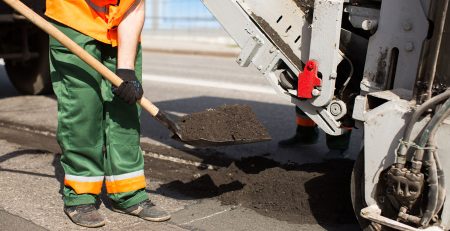
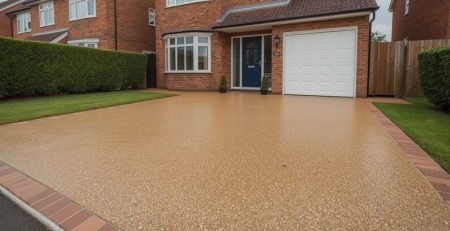


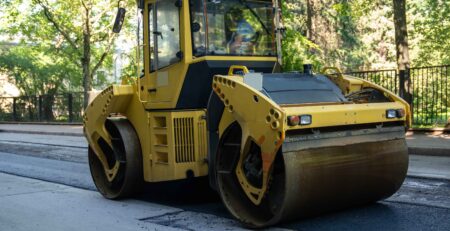
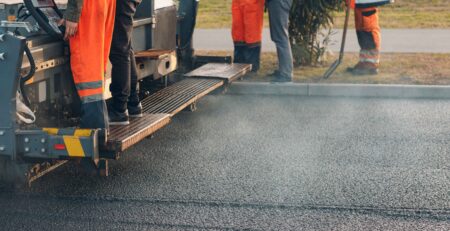
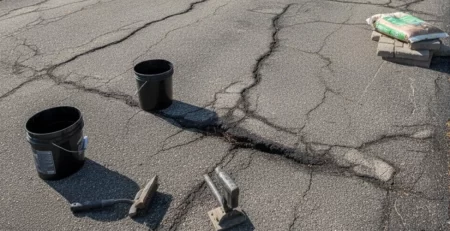
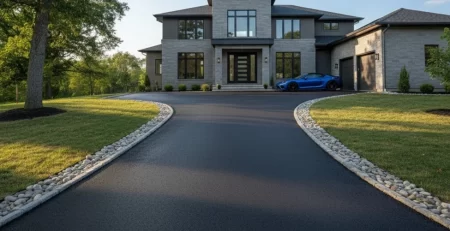
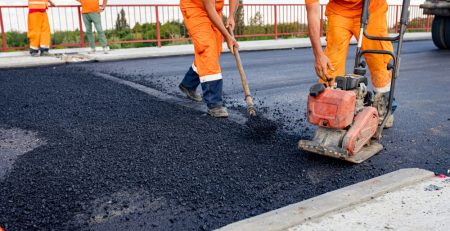
Leave a Reply